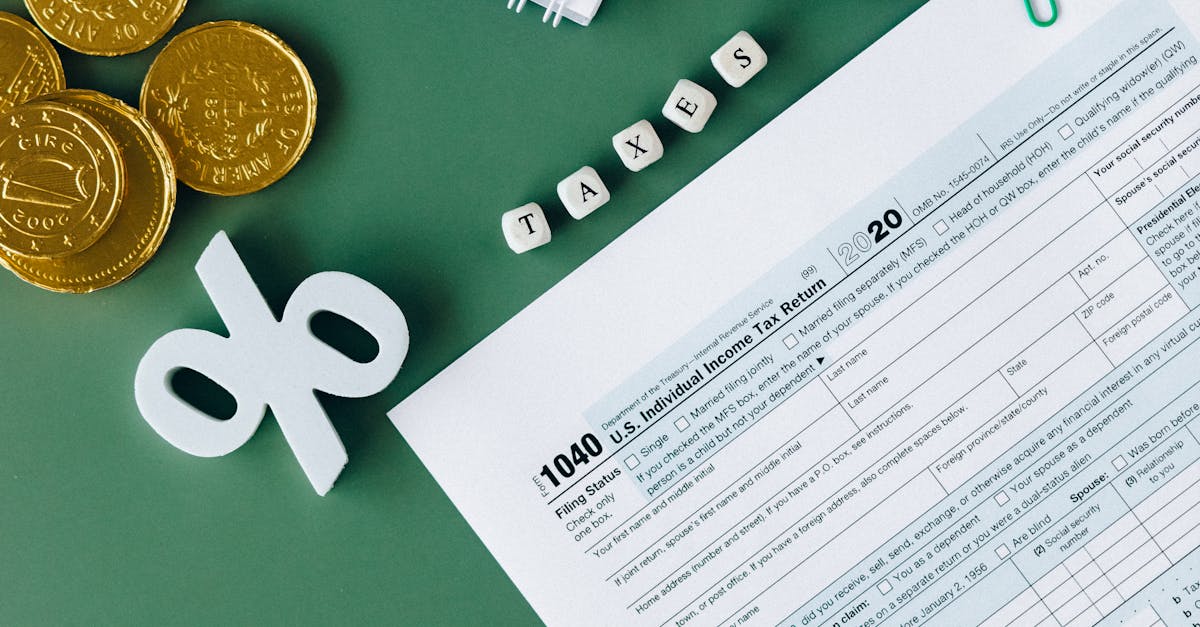The Supplemental Security Income (SSI) program provides crucial financial support to individuals with limited income and resources, especially for the elderly, blind, or disabled. Understanding how the SSI amount is determined can empower beneficiaries to navigate the system more effectively. This article breaks down the key factors influencing your SSI amount, providing clarity on this vital financial assistance program.
| Factor | Description |
|---|---|
| Income | Your total income, including wages, pensions, and other sources. |
| Living Arrangements | Your living situation can affect the benefit amount. |
| Resource Limits | Resources you own, such as savings and property. |
| Federal Benefit Rate (FBR) | The base amount set annually by the government. |
| State Supplements | Additional payments some states provide to SSI recipients. |
| In-Kind Support | Support you receive in the form of food or shelter. |
| Deeming Rules | How your spouse’s or parents’ income affects your benefits. |
Income
Your total income plays a crucial role in determining your SSI amount. The Social Security Administration (SSA) considers various sources of income, including wages from employment, pensions, unemployment benefits, and any other income you may receive. The SSA has established specific income limits, and if your income exceeds these limits, it can reduce your SSI benefit amount. Understanding how your income is calculated is essential to ensure you receive the maximum benefit possible.

Living Arrangements
Your living situation significantly impacts your SSI amount. If you live independently, you may receive the full benefit amount. However, if you reside with someone who provides you with food or shelter, the SSA may adjust your benefits to account for this in-kind support. The SSA assesses your living arrangements to determine whether any adjustments to your SSI payment are necessary, which can lead to either an increase or decrease in your overall benefits.

Resource Limits
<p SSI recipients must adhere to specific resource limits set by the SSA. These resources include cash, bank accounts, stocks, and property (excluding your primary residence). If your total countable resources exceed the limit, you may not qualify for SSI benefits. It’s vital to keep track of your resources and understand what counts toward the limit, as this can significantly affect your eligibility and the amount of support you receive.
Federal Benefit Rate (FBR)
The Federal Benefit Rate (FBR) is the baseline amount that the SSA sets each year, determining the maximum SSI payment an individual can receive. The FBR is subject to annual adjustments based on inflation and other economic factors. Keeping abreast of changes in the FBR is essential for SSI recipients, as fluctuations can directly impact the amount of support you receive from the program.

State Supplements
Some states provide additional payments, known as state supplements, to individuals receiving SSI. These supplements are designed to help cover the cost of living in states with higher living expenses. The amount and availability of state supplements vary by location, so it’s crucial to research whether your state offers additional financial assistance and how it interacts with your SSI benefits.

In-Kind Support
In-kind support refers to non-cash assistance that you receive from others, such as food, shelter, or other necessities. The SSA considers this type of support when determining your SSI amount, as it can be viewed as a form of income. If you receive substantial in-kind support, your SSI benefits may be reduced accordingly. Understanding how in-kind support is calculated can help you manage your benefits more effectively.

Deeming Rules
Deeming rules refer to the process by which the SSA assesses the income and resources of your spouse or parents when determining your SSI eligibility and payment amount. If you live with a spouse or parent, their income and resources may be deemed available to you, which could affect your benefits. Understanding these rules is crucial for individuals who have financial support from family members, as it can significantly influence the amount of SSI you receive.

FAQ
What is the maximum SSI amount I can receive?
The maximum SSI amount varies by year and is influenced by the Federal Benefit Rate (FBR). For 2023, the FBR is $914 for individuals and $1,371 for couples. However, actual payments may be lower depending on your income, resources, and living arrangements.
How often is the SSI amount adjusted?
The SSI amount is typically adjusted annually based on inflation and changes in the cost of living. This adjustment is reflected in the Federal Benefit Rate (FBR), which is reviewed each year.
Can my savings affect my SSI benefits?
Yes, your savings and resources can impact your SSI benefits. The SSA has set resource limits, and if your countable resources exceed these limits, you may not qualify for SSI or may receive a reduced amount.
How can I find out if I qualify for SSI?
You can determine your eligibility for SSI by visiting the Social Security Administration’s website or contacting your local SSA office. They provide resources and tools to help assess your qualification based on income, resources, and living arrangements.
References:
[Social Security Administration – Supplemental Security Income](https://www.ssa.gov/ssi/)
[Social Security Administration – SSI Income and Resources](https://www.ssa.gov/ssi/income.htm)
[Social Security Administration – State Supplements](https://www.ssa.gov/ssi/text-state-ussi.htm)




